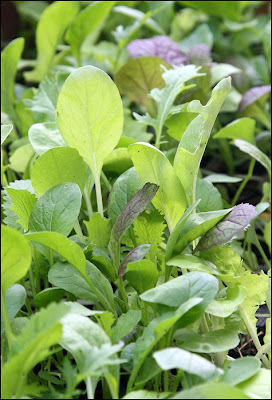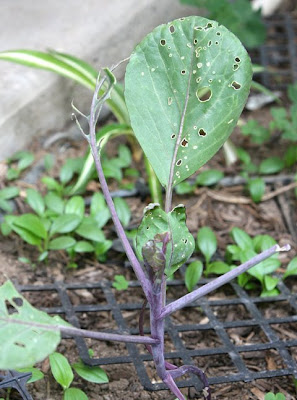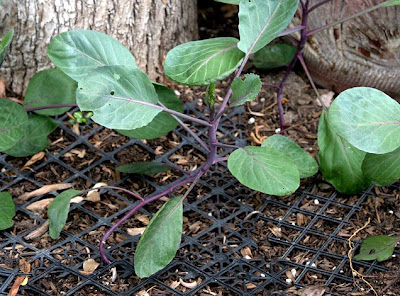Originally posted Nov. 13, 2008...

One of the many reasons Steven and I are dragging our family along the organic/grow-your-own food road is the abysmal state of the American diet and the long term health consequences of continuing down that path. How sad that the ‘Greatest Nation on Earth’ is now foisting upon the rest of the world our propensity to consume large amounts of sugar, fat and salt. I was dismayed to read the following article out of
Greece about the consequences of a fast food diet replacing the heart healthy, and highly acclaimed Mediterranean diet. In countries famous for their diet of olive oil, fish and fresh veggies, the rates of obesity and diabetes are skyrocketing. Call it the McDonaldization of the world, call it whatever you want, we don’t want anything to do with it.
When our kids were younger and our vision of food and it’s vital importance to future health issues not nearly as sharp, we frequented fast food establishments as a convenience. While attending out-of-town sporting events, shopping trips to malls, or evenings when the days activities precluded having time to prepare a home-cooked meal, we succumbed to the temptation for fast and fatty food. We still do occasionally (she admits sheepishly) though we are much more particular in choosing the places we trust to feed us (McDonald’s remains off-limits).
But even as we were eating various chicken shaped stars and burgers piled high with condiments and secret sauces, we never considered it healthy. It was a ‘treat’, much like going out for ice cream or eating candy. While I am embarrassed to admit that we ever ate in certain establishments, I can at least say that we never confused them with Whole Foods. And the more research we did, the less money we spent in fast food joints. These days, our kids rarely drink sodas and the standard response in the evening to the age ole, “what’s for dinner?” query will most likely be, chicken...or leftovers, or smoothies, or make-your-own….you get my drift.
So I guess I’m kind of amazed that so many people still frequent these places so, well….frequently. I would like to see them all go bankrupt as more people choose to do their slow food shopping at the local farmers market. I would like to see the United States take the lead in teaching nutrition and it’s effect on disease prevention, I would like to see kids eating green at every meal...
...I would like a flying pony for my birthday...sigh.


















